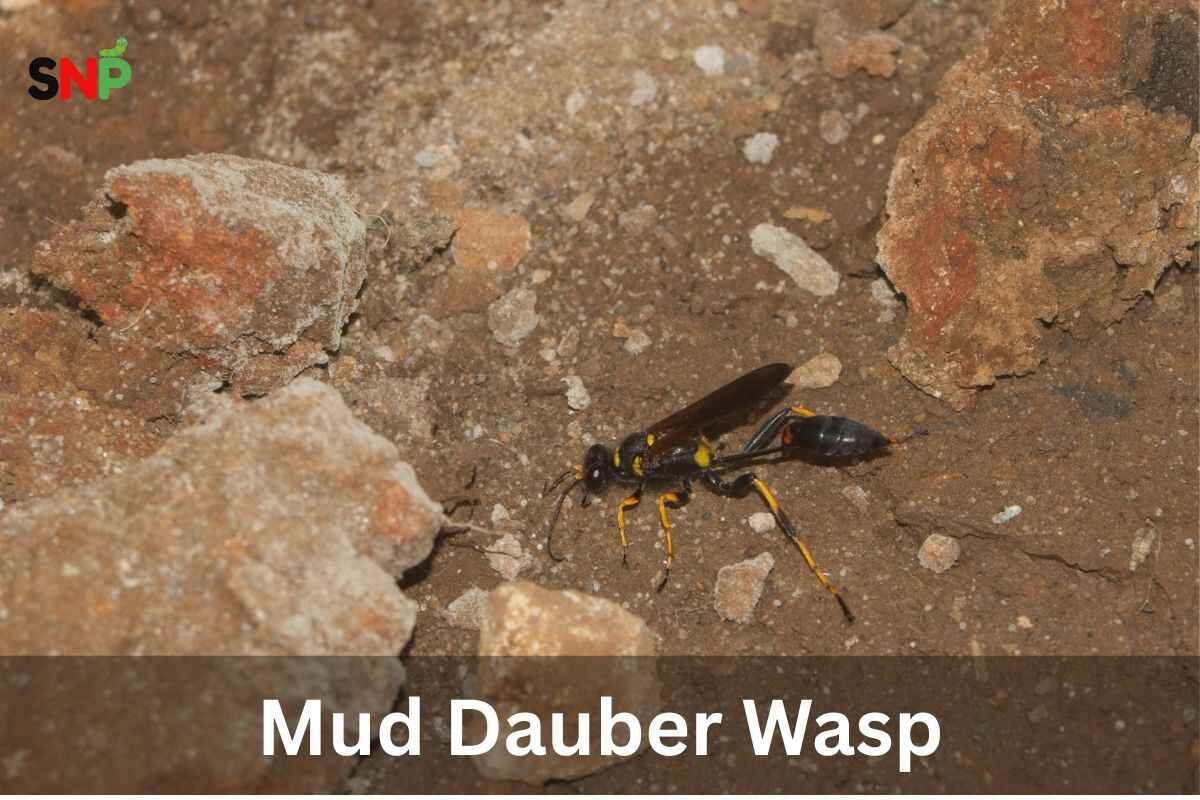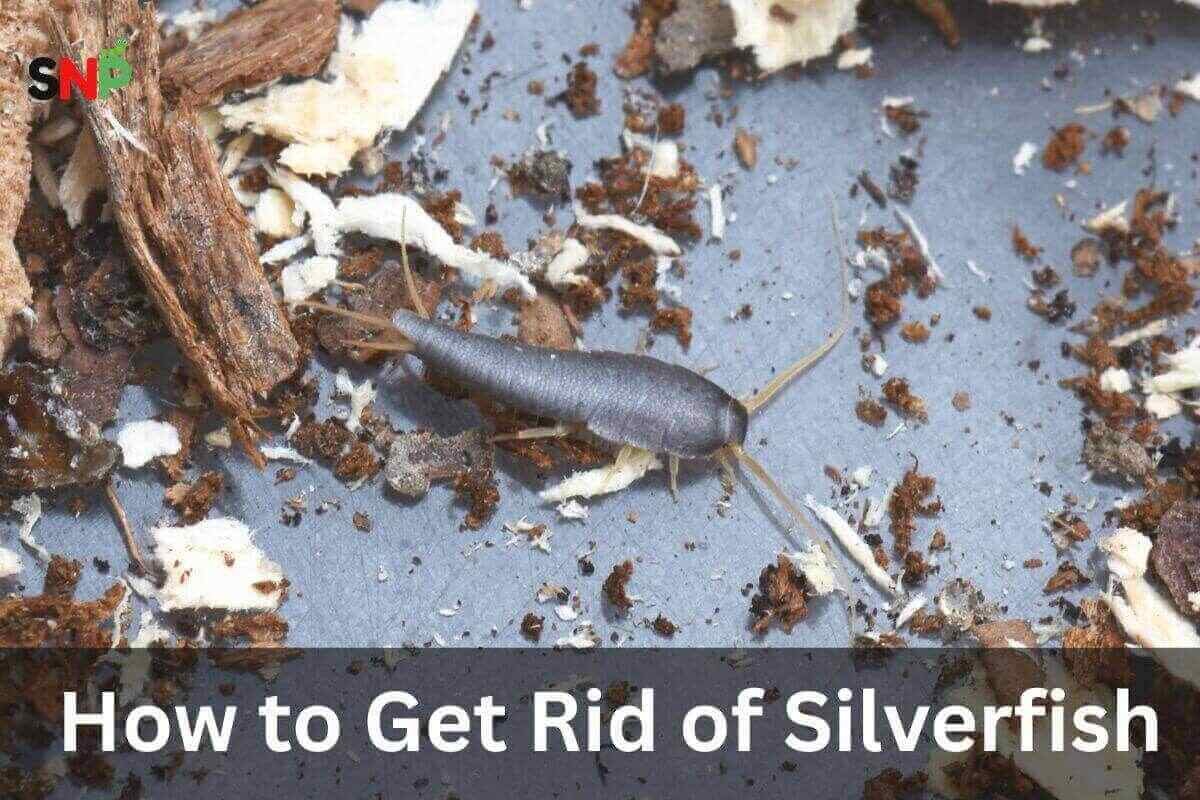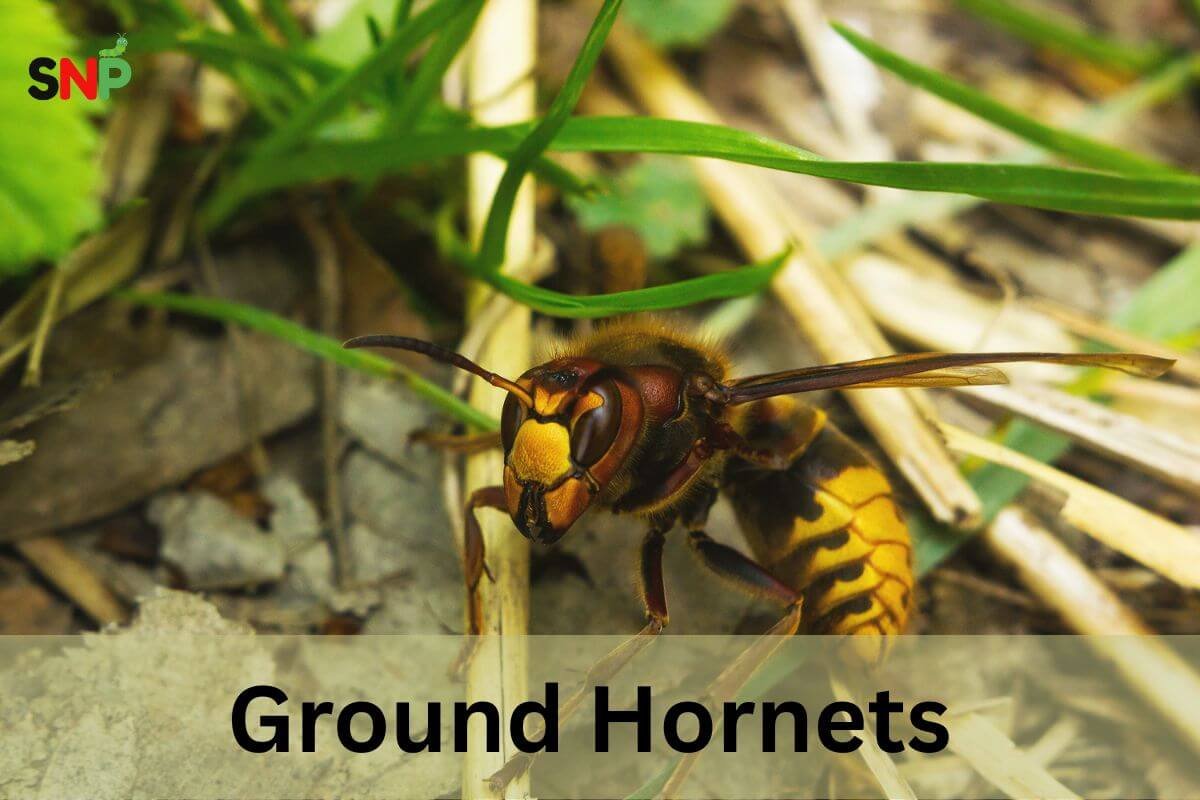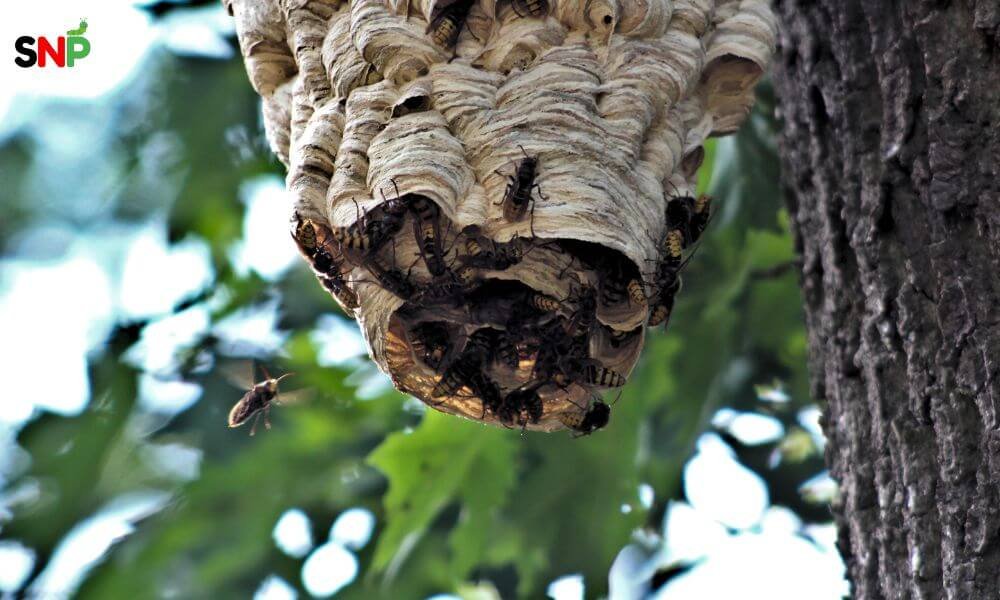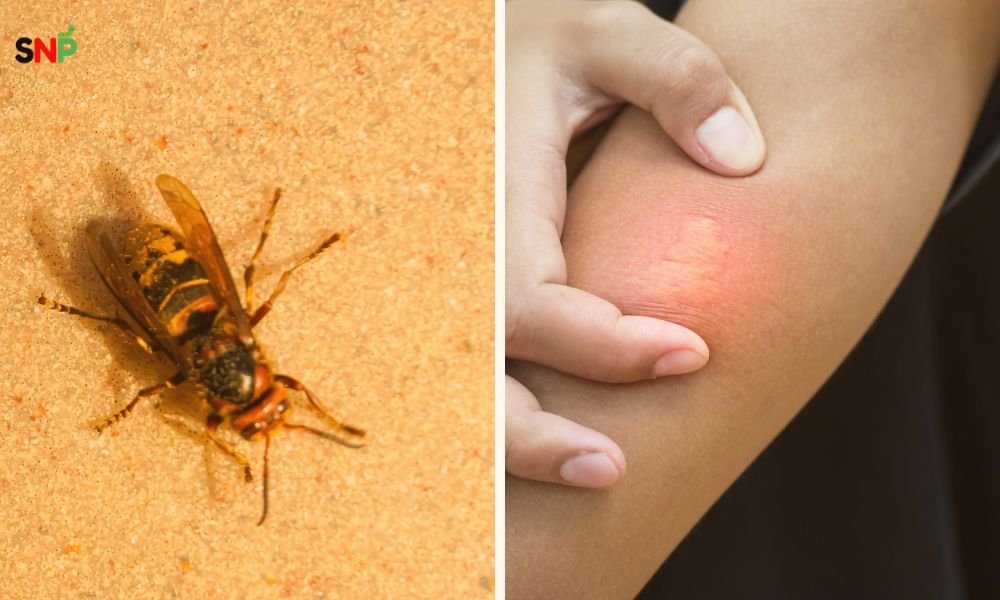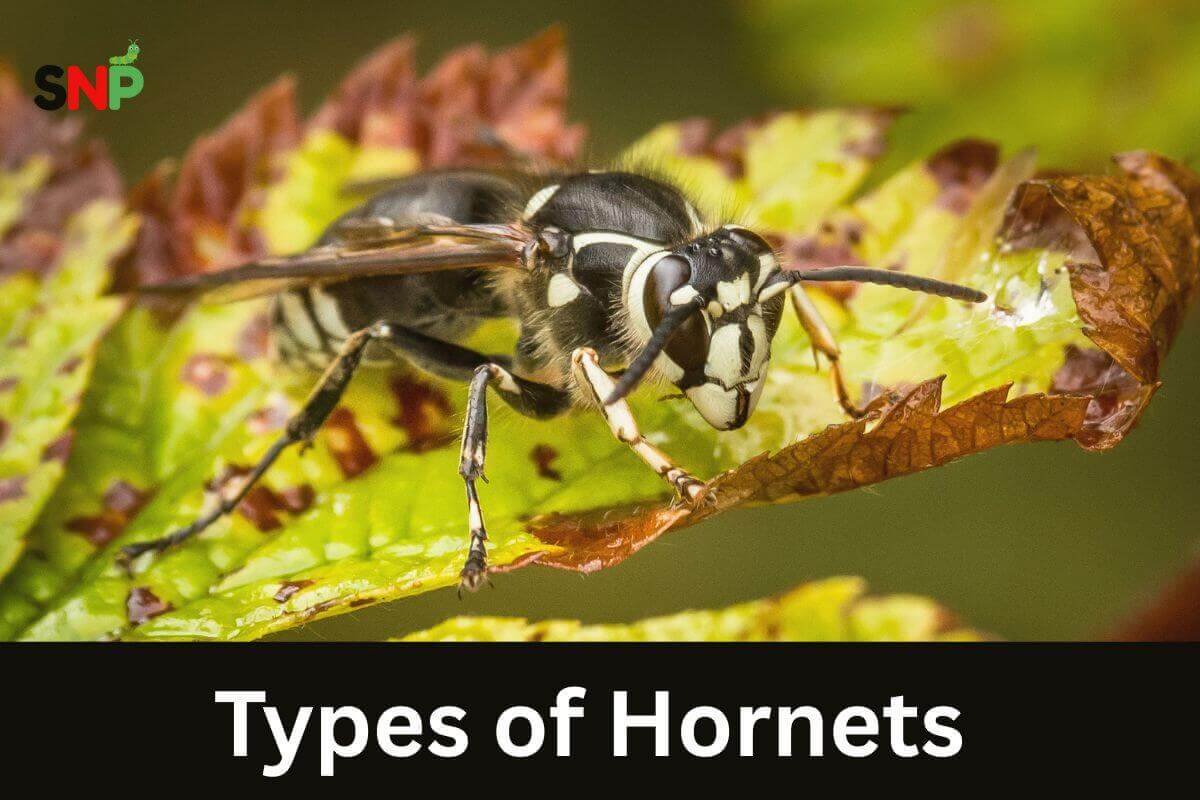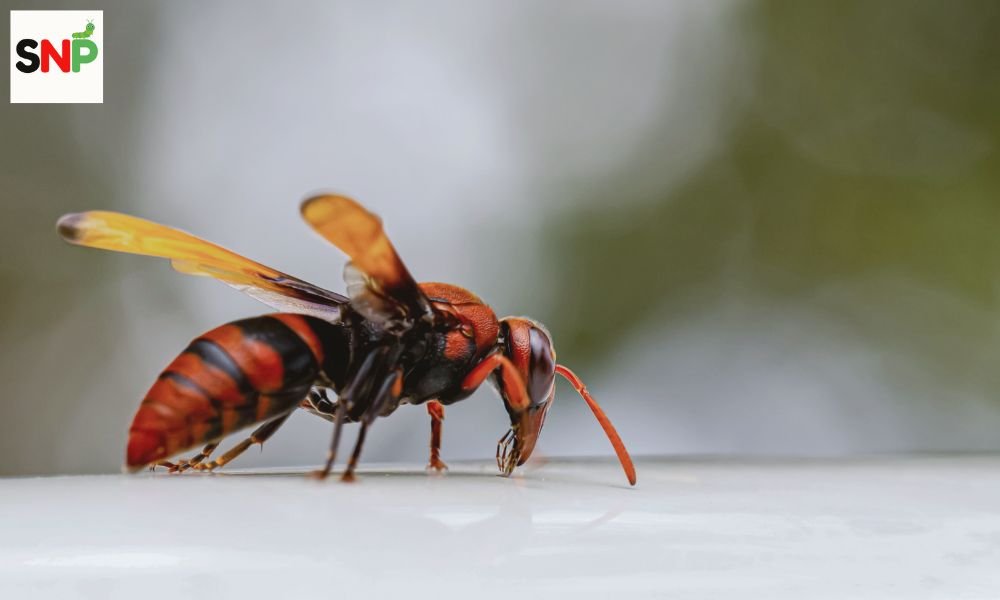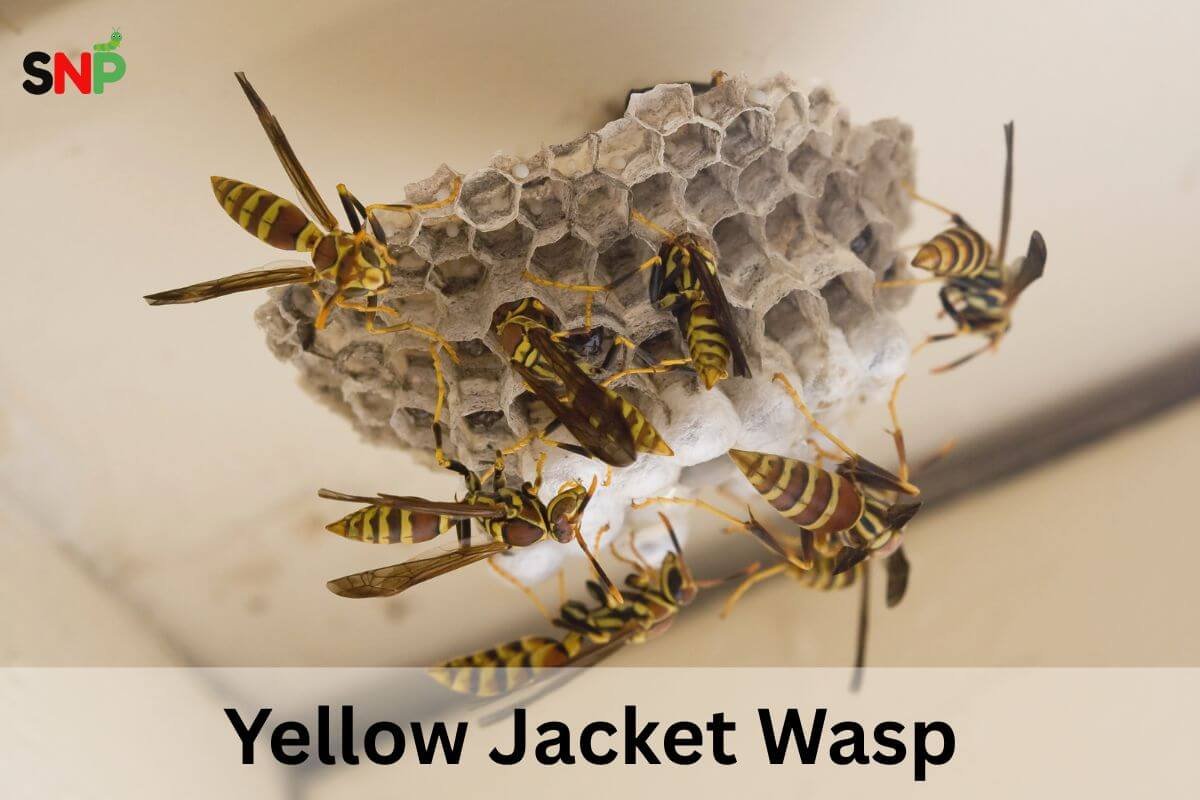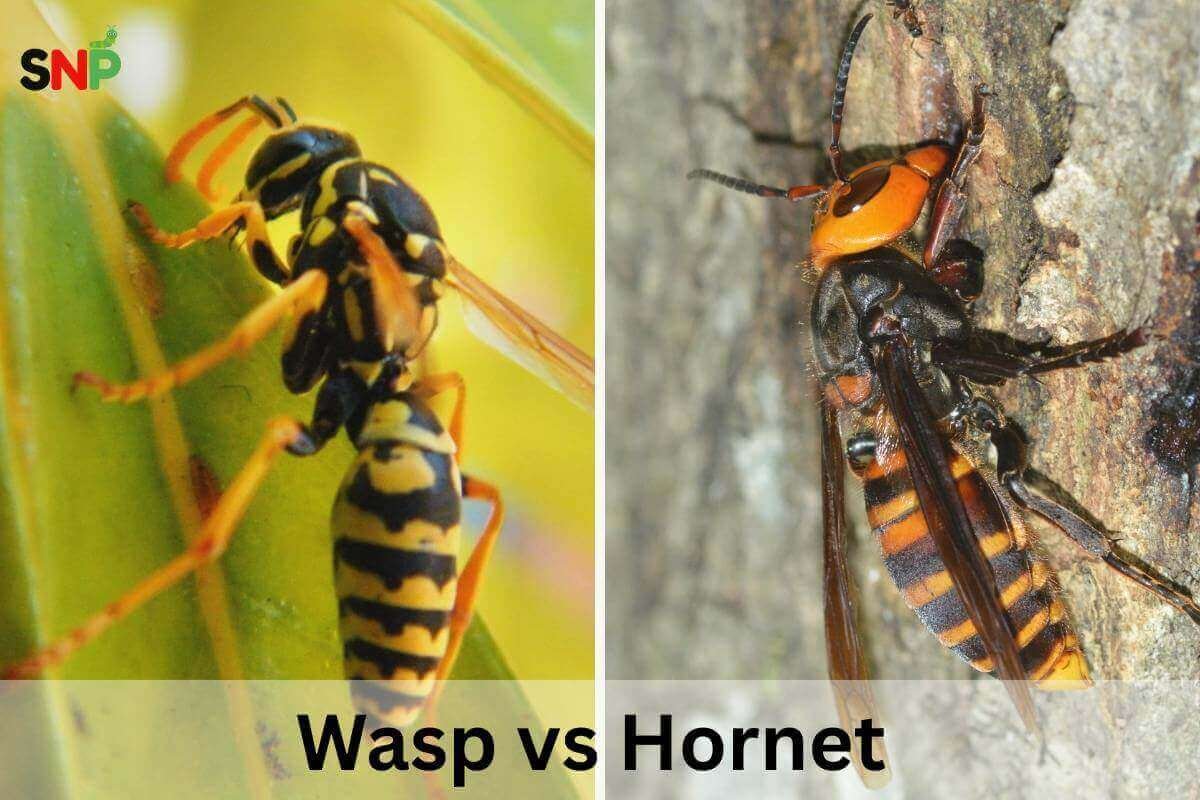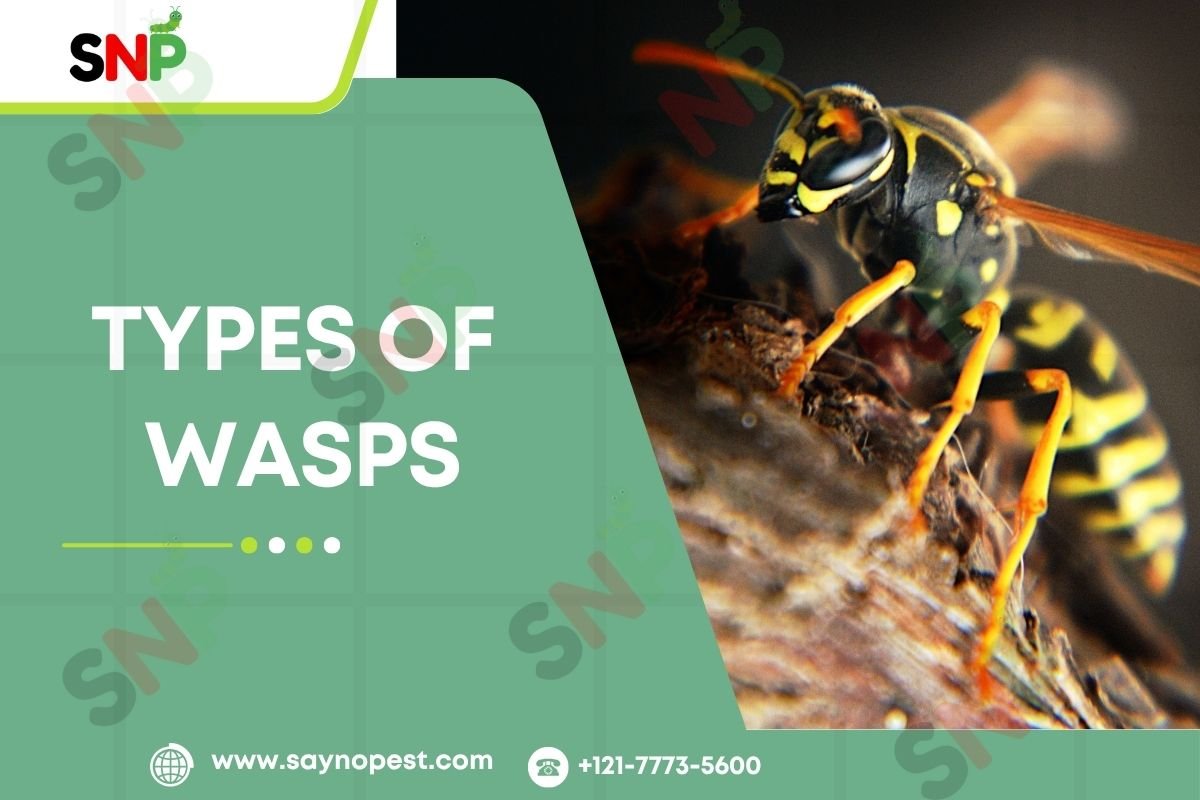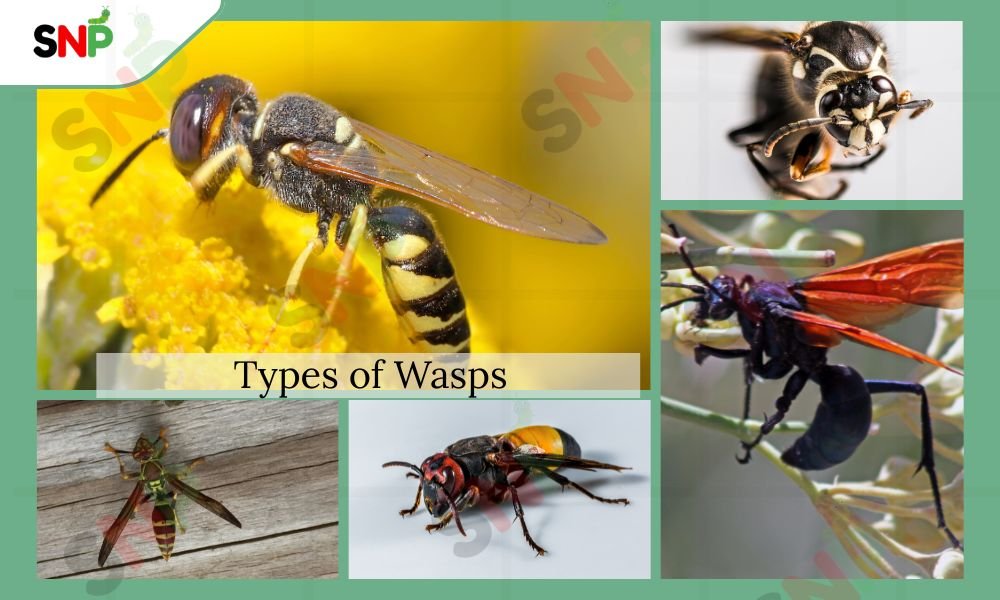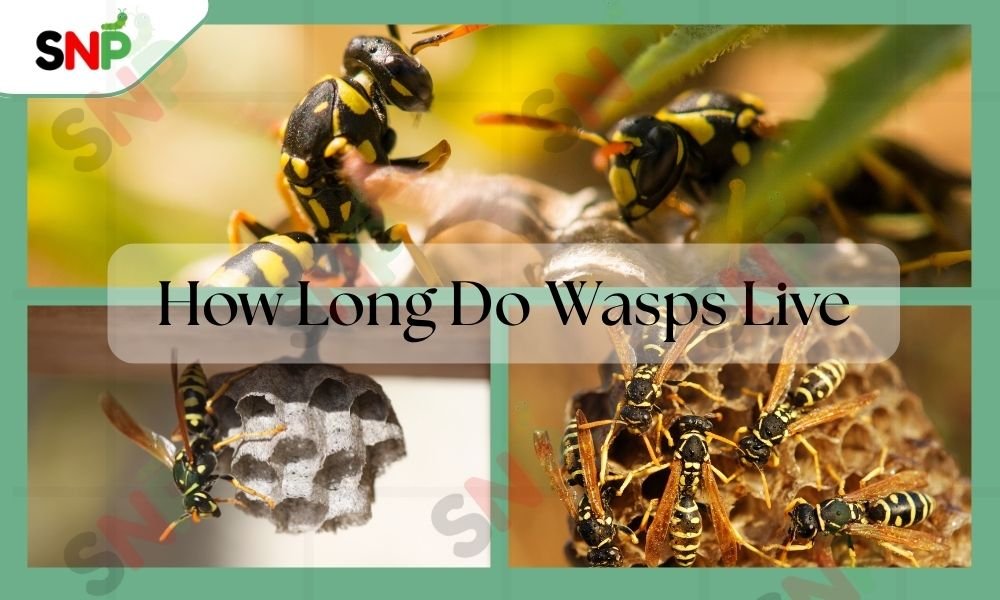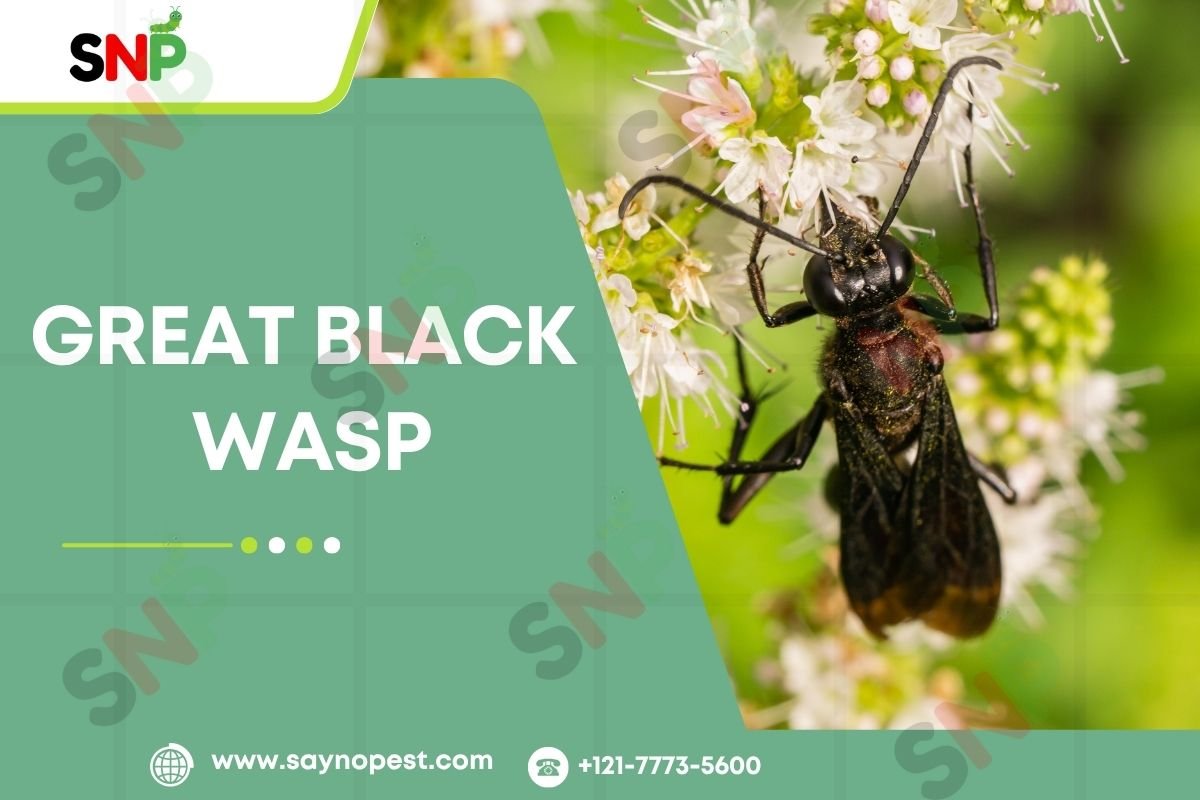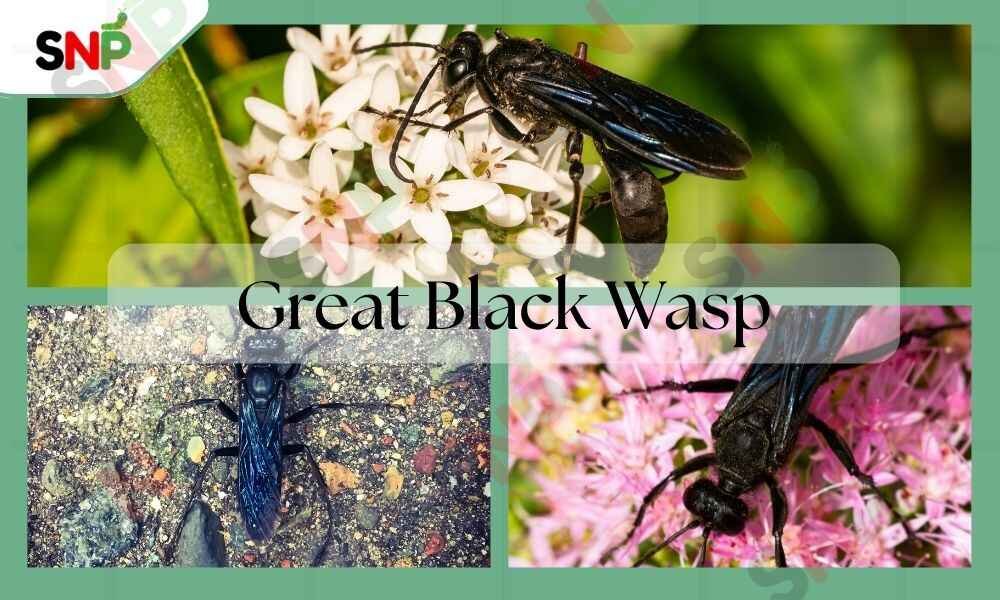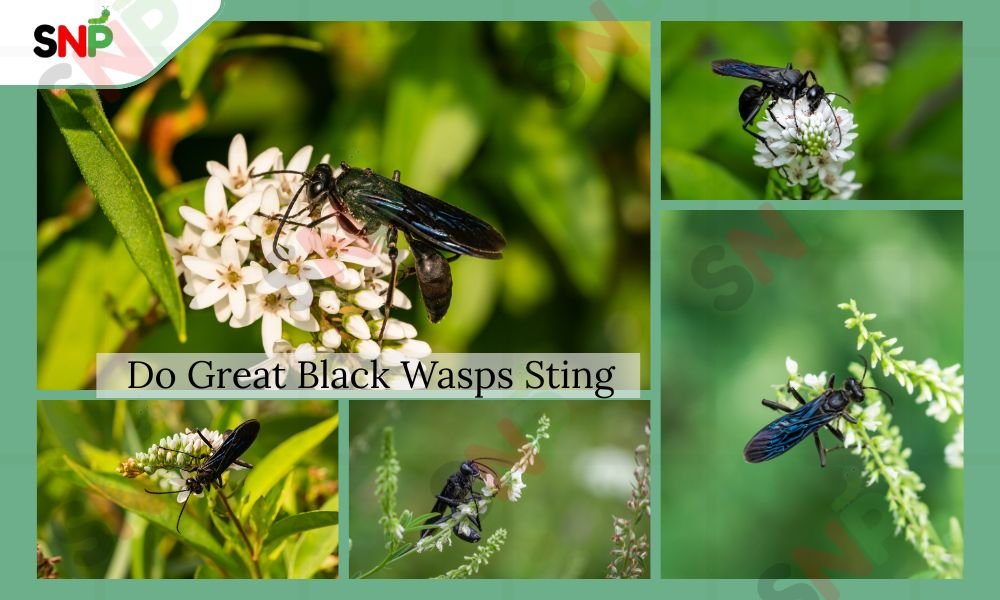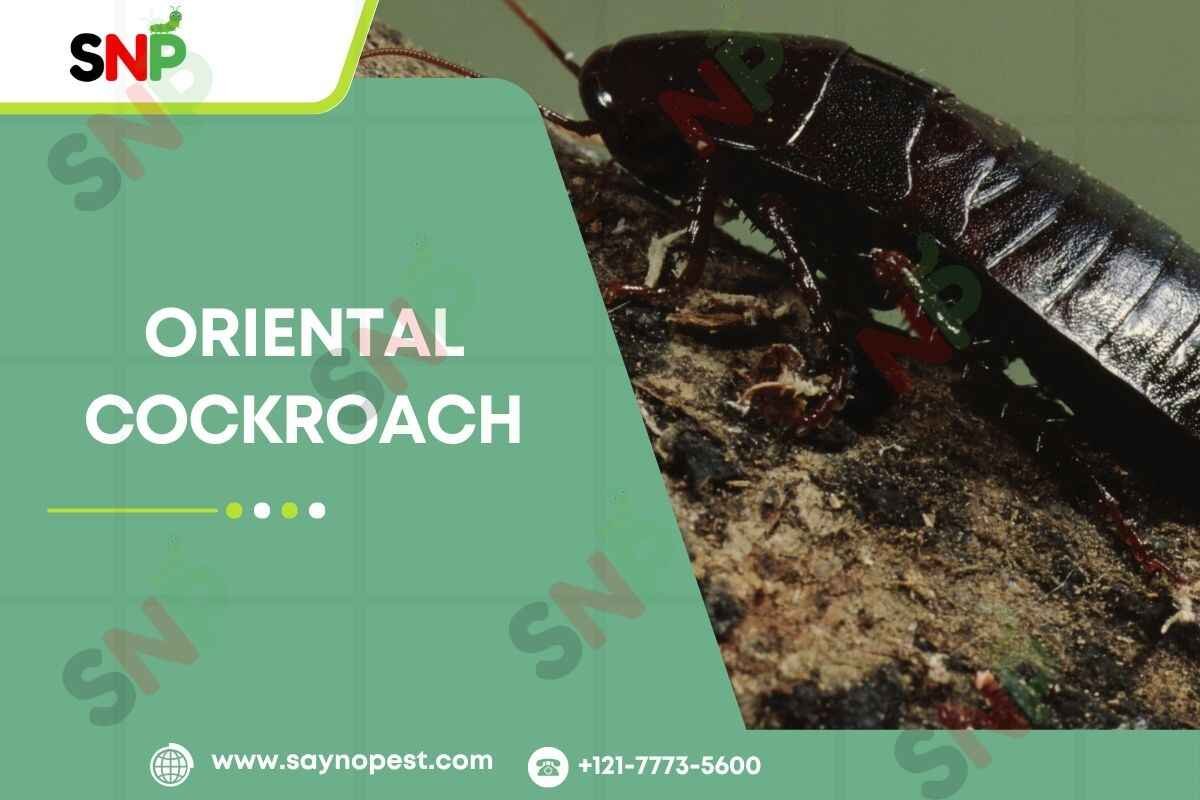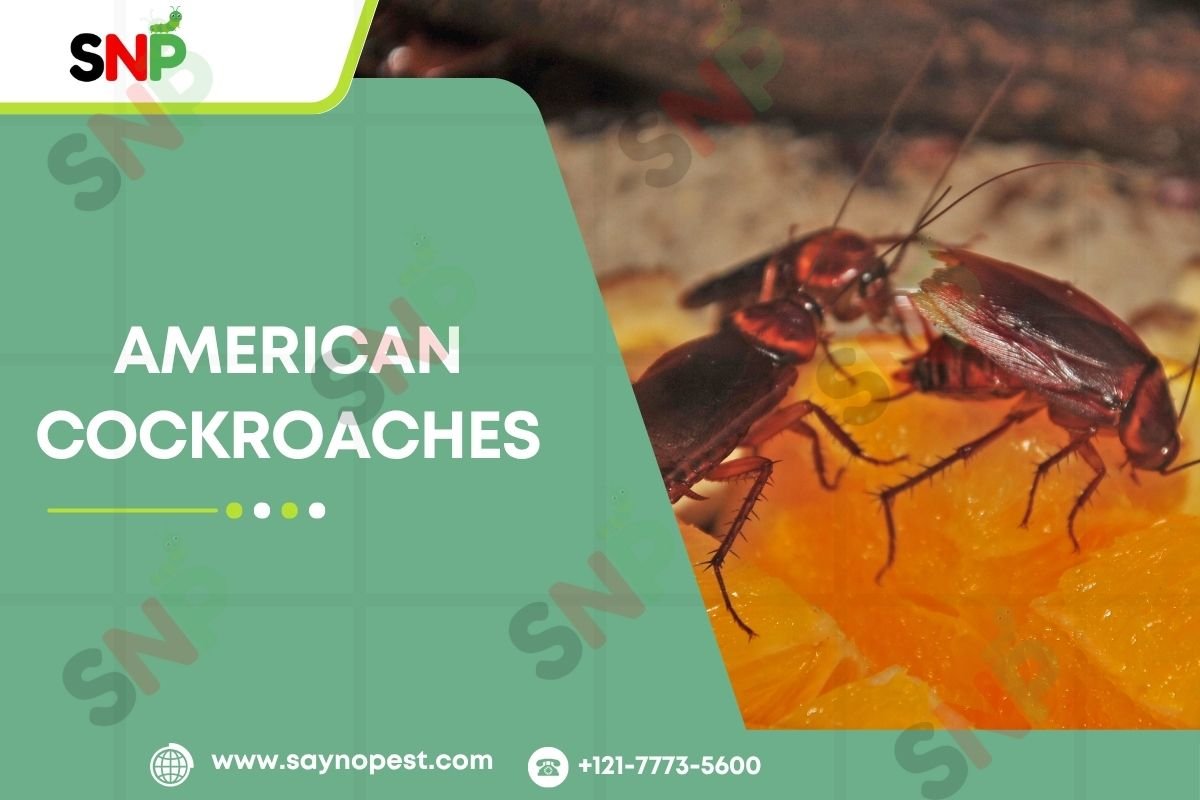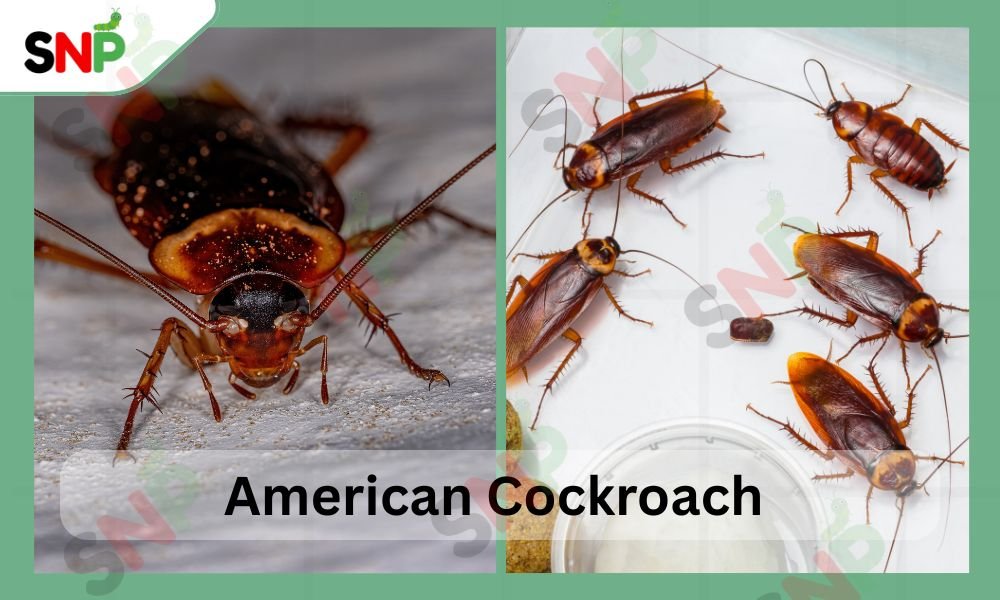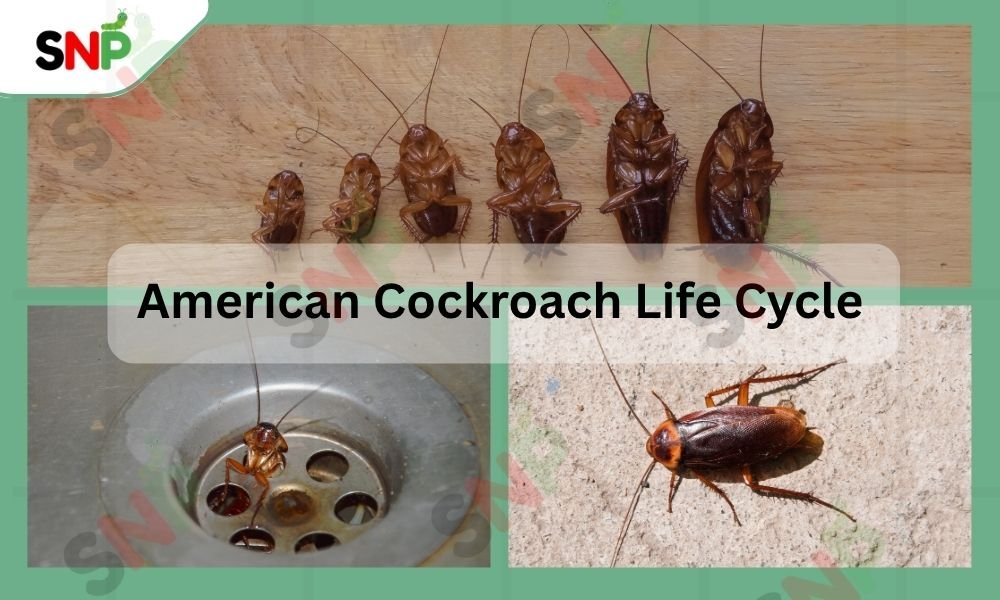Mud dauber wasp is a common sight near American homes especially in the warm weather season. Although they are not typically inclined to be aggressive, their unique mud nests are often considered an eyesore on the buildings. This resource addresses all issues that homeowners need to know about these wasps and mandates some practical control methods in case of the nuisance.
What Are Mud Dauber Wasps?
The mud dauber wasp exists within Sphecidae or Crabronidae families with Sceliphrinae as its subfamily designation. Mud dauber wasps share their solitary life patterns and natural building instincts with yellow jackets among social wasps yet construct their nests exclusively from mud. They are usually ½ to 1-inch long with wasp waists and slim in body, which makes them look even more slender.
The three main species that you are likely to come across include:
- Black and yellow mud dauber wasp (Sceliphron caementarium)
- Organ pipe mud wasps (Trypoxylon politum)
- Blue mud wasp (Chalybion californicum)
They possess a variety of colours, with metallic blue or black with yellow spots. The wasp-waisted body is their most unique feature across all the subspecies of mud wasps. Mud wasp most active period is spring to fall, when they hunt spiders and at the same time build their mud homes.

Do Mud Dauber Wasps Sting?
Female mud dauber wasps rarely sting humans because all stingers come from females and they will only deliver a sting while experiencing direct assault or when handled. Social wasps are the aggressive ones among the species, but this does not hold for the mud wasps. It is good to know that none of the males can sting, and thus females use it mainly for paralysing spiders to feed their young.
If, say, you do have the chance to get bitten by a mud wasp, the pain is not as severe as that of other wasps. Nonetheless, people allergic to the venom of wasps should be careful, as such relatively quiet insects can provoke very dangerous reactions, including death.
Mud Dauber Wasp Nest Identification
The mud dauber wasp nest is a masterpiece of natural design and looks different according to the species. Each mud dauber wasp serves as a nursery for the embryos, with each cell full of subdued spiders and a single egg; each nest does so.
The black and yellow mud dauber wasp constructs cigar-shaped bundles, usually in groups and looking like a fist-sized lump, the configuration of which, due to the potential species, is observed to have several variations. The organ pipe mud wasp builds structures in the shape of organ pipes, doing so usually in the form of vertical rows. The blue mud wasp almost always prefers to use abandoned nests and not construct new ones.
Common locations for a mud dauber wasp nest
- Under the roof eaves
- On porch ceilings
- Along the bridge undersides
- Inside garages or sheds
- On the walls of buildings
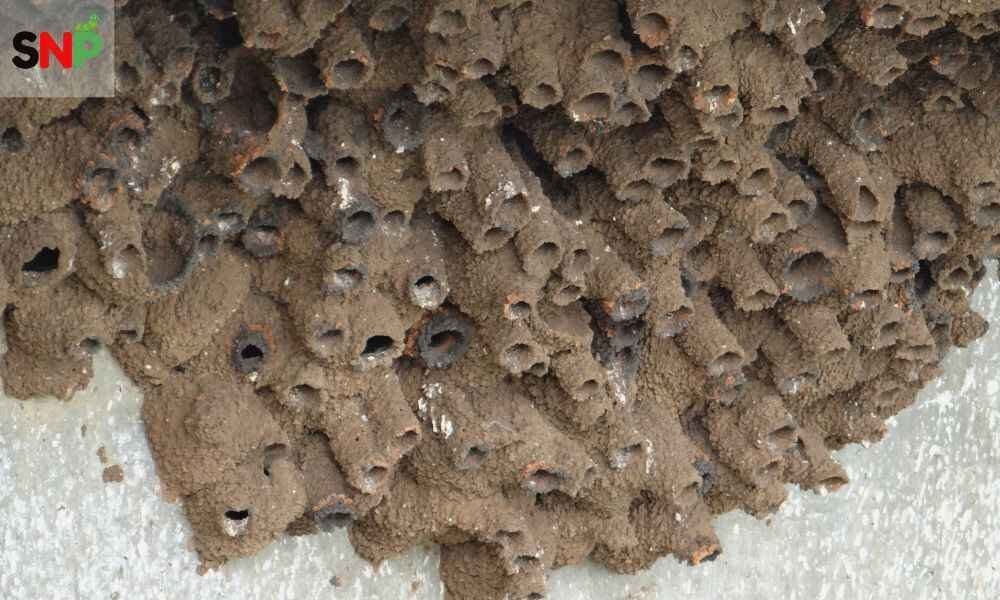
How to Get Rid of Mud Wasps
While mud dauber wasps provide ecological benefits by controlling spider populations, sometimes removal becomes necessary
- Get rid of the insect’s food supply: Get rid of spider webs from the surroundings of your house, as spiders are the main food for mud wasp larvae.
- Targeted treatment: At night, when mud dauber wasps are less active, use a wasp-specific aerosol insecticide and directly apply it to their nests. Do not forget to put on protective clothing while treating the house.
- The nest removal: Once you have killed all the wasps, scrape off the mud dauber wasp nest with a paint scraper. If the nest is tough to remove, you can soften it with water first.
- The preventive measures: Regular insecticide applications at the perimeter of the house with lasting residuals can keep new mud wasp activity away from your home.
- Use Water for Quick Removal: A strong stream of water from a hose or sprayer proves suitable for removing newly built mud dauber wasp nests through water pressure alone. Smooth surfaces combined with tender nests make water a very effective solution.
- Wear Protective Gear: Protection such as long sleeves combined with gloves and eye protection should be worn when extracting mud wasp nests because the risk of being stung remains minimal.
- Choose the Right Time: For safer nest removal of mud dauber wasps conduct the procedure in evening or early morning hours while the wasps remain inside the activity center.
Conclusion
The ecosystem receives advantages from mud dauber wasps because they control both dangerous and common spider groups, including black widow spiders. Although the appearance of their mud dauber wasp nests may be undesirabl,e they present no significant danger to human beings.
Professional pest control services offer both risk-minimised and secure solutions for removing persistent mud wasp infestations. Your best defensive approach against these insects involves regular inspections as well as removing empty nests, since it leads to the most successful long-term protection.
Your decision about mud dauber wasps depends on your knowledge of their behavior for proper property management.
